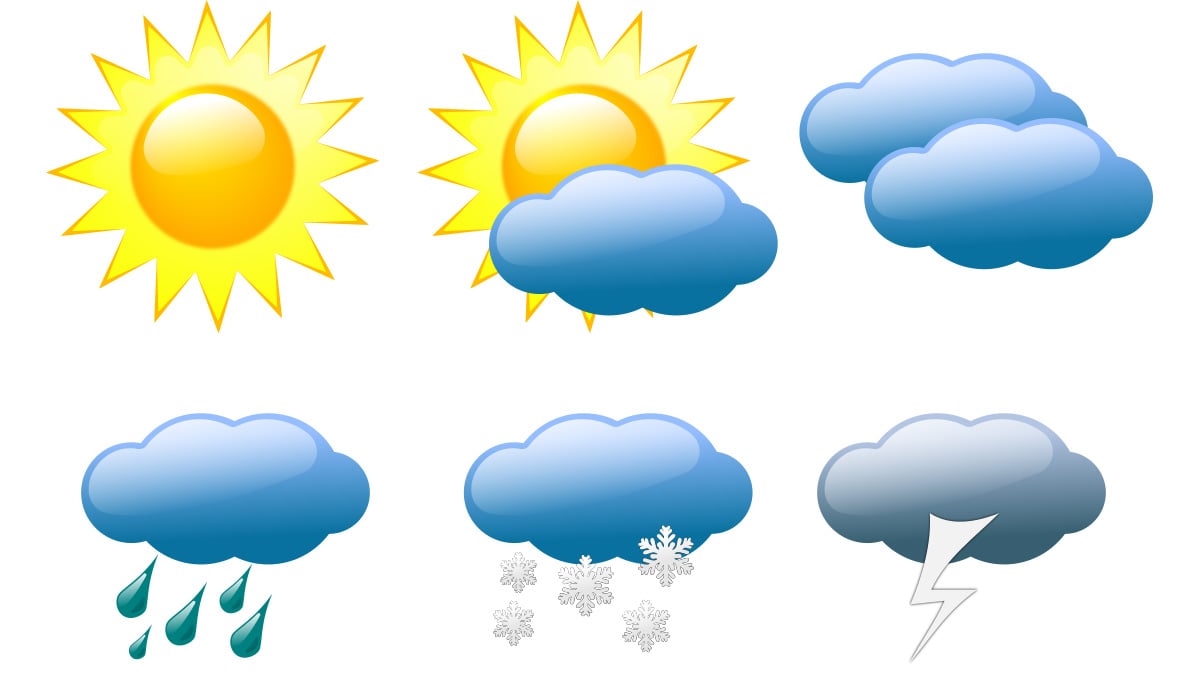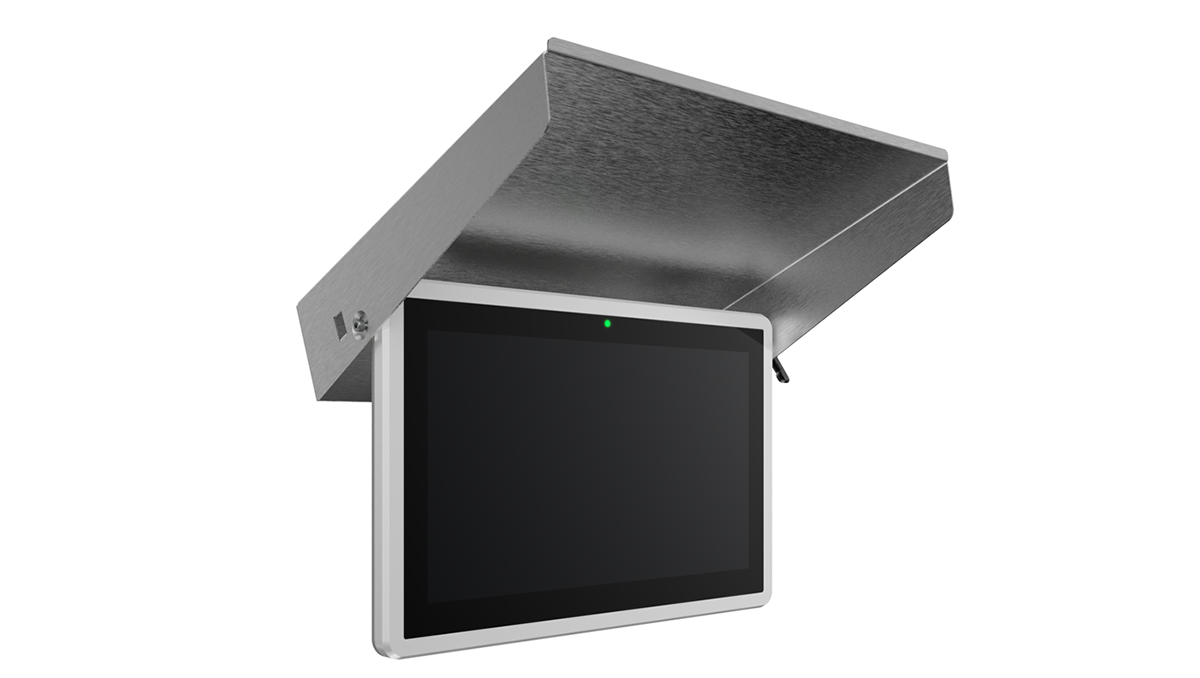Rugged outdoor Touch Panel
Reading time about 3 minutes
When discussing touch panels for outdoor applications, one often encounters terms like "dew point" or "dew point monitor". Simply put, the aim is to prevent moist air from condensing inside the devices, potentially causing damage due to short circuits or corrosion. The relationship between humidity and temperature is crucial, which. we will look at in detail below.
Touch panels for extreme weather conditions
When such systems are exposed to the elements, they have to contend with fluctuating environmental conditions such as precipitation, temperature, wind, sunlight, and humidity – unlike a factory hall in the industry or the control cabinet in building technology.
This applies to all applications where touch panels are used outdoors, such as ticket machines for transport and parking, environmental monitoring stations, control systems for renewable energy production, and visitor information systems.
At this point, one might think that none of this is a problem - after all, there are IP protection classes ranging from IP20 (simple touch protection) to IP69K (protection against high pressure/jet water). That is correct in principle - however, even an enclosure with the highest protection class is not hermetically sealed. An absolutely airtight enclosure would be disproportionately expensive.

Humidity and temperature
So, what's the relationship between humidity and the dew point? A quick physics detour: The warmer the air, the more moisture (water vapour) it can hold. In practice, this is usually expressed as relative humidity, given in percentages (%). A side note: Humans tend to feel most comfortable at 40% to 60% relative humidity. As temperature drops, relative humidity increases. The temperature at which 100% is reached is called the dew point temperature or simply the dew point. If the temperature continues to drop, humidity starts to condense. The water vapour turns back into water, forming droplets. If you'd like a more in-depth explanation, further information can be found on Wikipedia.
Dew Point Monitor and Heating
When this process occurs within an electronic device, it can lead to the damages from corrosion or short circuits mentioned earlier. Modern touch panels, such as the F16T-PX-Plus by tci, incorporate a dew point monitor with heating. The heater inside the device ensures the temperature doesn't drop to the dew point temperature. If the temperature within the touch panel drops below the dew point temperature, say during a power cut in freezing conditions, the system restart is only possible once the internal heating brings the temperature back above the dew point.

For the F16T-PX-Plus, the built-in heater ensures the dew point temperature is not reached. Image: tci GmbH.
Dew point in everyday life
This detour into physics also explains some everyday occurrences life. For example, if you ventilate the cellar during the day in midsummer and sultry air flows in, you will find damp spots the next morning when everything has cooled down again. In the long run, this often leads to mould.
The phenomena discussed are also the reason why electrical appliances that have spent the night in a packing station or van should not be put into operation until they have reached room temperature again.



